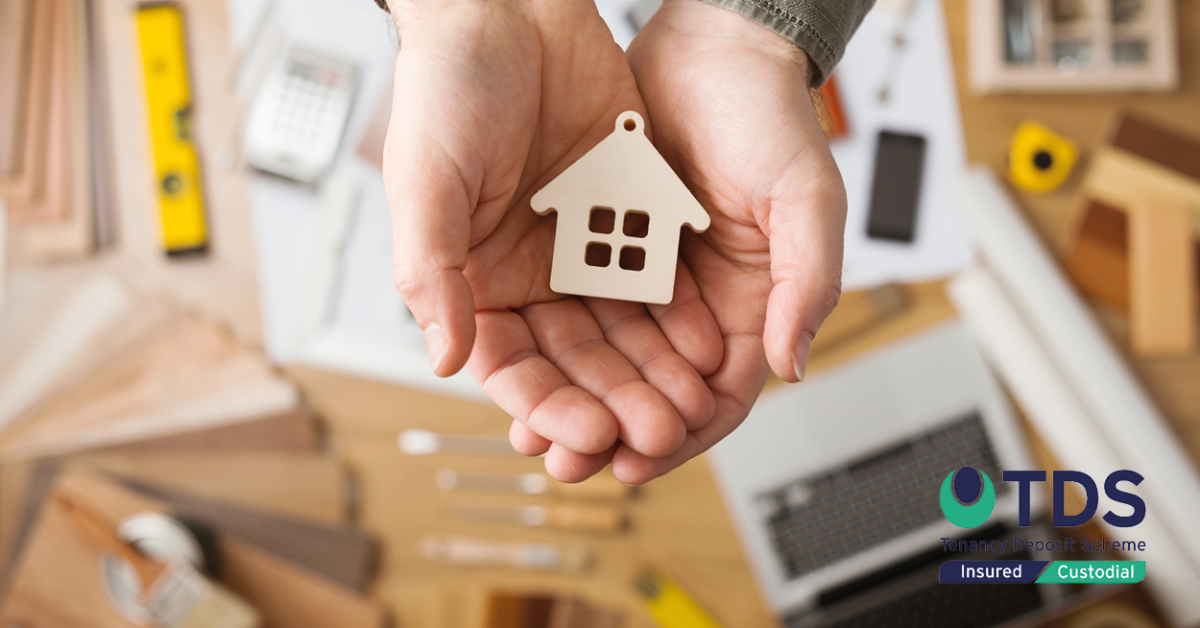

Whose Responsibility is Rental Property Maintenance?
As a landlord, your property is a huge investment. Whether you manage one home or multiple properties, you want to make sure that your investment is well looked after, and of course, that your tenant's home is a safe and healthy living environment.
Part of keeping your property in good shape involves regular property maintenance. But who is responsible for the maintenance of a rental property? In this article, Tenancy Deposit Scheme (TDS) looks at what a landlord is responsible for when it comes to property maintenance, and what a tenant should look after.
TDS quiz landlord and agents about property maintenance
TDS landlords and agents were quizzed on property maintenance tasks to establish whether they understood who looks after what maintenance duties, and whether they were correct.
Whilst the law sets out some guidelines on who should take care of specific duties, do landlords know what they should maintain at the property, and do they explain to their tenants what they ought to be doing?
Our results revealed that some areas of property maintenance cause confusion.
We found that 94% of those surveyed indicated that landlords were responsible for maintaining the structure of a building, including its walls, stairs, railings, doors, windows, roof, and downpipes/drains.
However, 14% of respondents believed that the landlord had to clear away debris from the exterior pipes and drains, and 30% of respondents felt that the landlord was responsible for maintaining the garden, which does fall under the exterior and structure of the property.
When presented with more obvious tasks, the numbers improved. For example, 98% of those surveyed believed that the landlord was responsible for the electrical wiring, and 96% thought that the landlord should maintain the heating, hot water, and boiler.
Being unsure of who looks after these tasks could lead to potential property damage or deposit disputes at the end of tenancy.
Where the confusion lies
Our quiz showed that the areas of uncertainty are in maintenance tasks shared between the landlord and tenant, or repairs that are needed as a consequence of tenant neglect.
For example, 61% of respondents agreed that landlords are responsible for maintaining sinks, baths, toilets, and taps, but just 31% of respondents believed that chips are the tenant's responsibility if they appear.
Whilst each case is unique, chips and cracks to a bathroom suite, assuming it was in good condition at the start of the tenancy, are likely to be the tenant's responsibility, taking into account the life span and fair wear and tear of the product.
Similarly, 45% of respondents believe that damp and mould are the landlord's responsibility, 43% believe it is joint responsibility, and 12% believe it is the tenant's responsibility alone.
Disputes surrounding damp and mould are the topic of many deposit disputes at end of tenancy, so it’s important to clarify each parties responsibility at the start of the tenancy, as well as reporting any damp and mould - or lack thereof - within the inventory report.
What property maintenance are landlords responsible for?
Legally, landlords are required to maintain or repair:
- Problems with drainage and the supply of water.
- The structure and exterior of the property (including walls, windows, external doors and stairs, external garden area, and roof)
- Drains, gutters and external pipes
- Basins, sinks, baths and toilets
- Gas appliances
- Electric wiring
- Heating and hot water
- Smoke and carbon monoxide alarms
- Damp and mould (however, this is dependent on the cause, but most frequently the landlord is liable for fixing it
What property maintenance are tenants responsible for?
Whilst this will be determined by what’s written in the tenancy agreement, the tenant is responsible for the general upkeep of the house, such as changing lightbulbs, mowing the lawn and replacing smoke alarm batteries when needed.
The tenant is also responsible for repairing any damage that they, or their guests, have caused at the property.
Make it clear to avoid damage and deposit disputes
TDS recommends clarifying with your tenants at the start of a tenancy what maintenance work is a joint responsibility, what you will be looking after, and what your tenants should be looking after, ensuring your tenancy agreement is crystal clear on the tenant’s obligations.
Guide to property maintenance
In partnership with the NRLA, we have created an Autumn property maintenance guide.
You can read common Q&As from landlords on property maintenance, further insight from our TDS Quiz, a helpful checklist for your property maintenance tasks, as well as TDS tips on how to avoid a deposit dispute.
Not with TDS?
Visit our TDS Information Lounge to find more guides, tools and templates, all designed to make the life of a landlord easier.
Some of our resources are only available to landlords who use the free deposit protection scheme at TDS Custodial or the insured scheme at TDS Insured. You can access all templates, tools and the full tenancy deposit management dashboard by joining TDS.
It's quick and easy to join, plus NRLA members receive a discount on TDS Insured.

